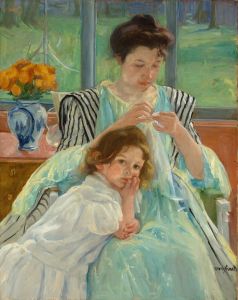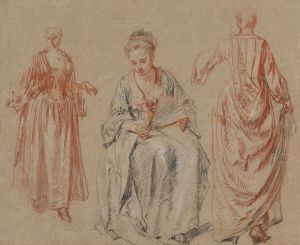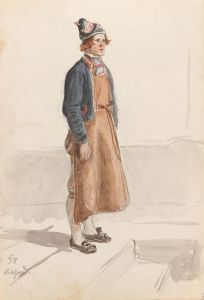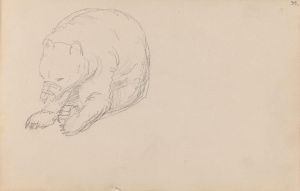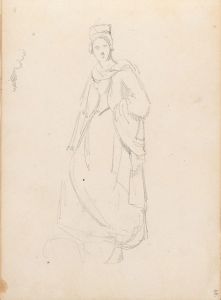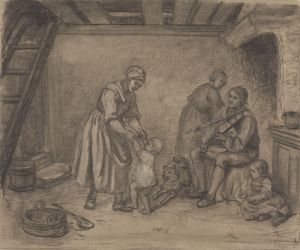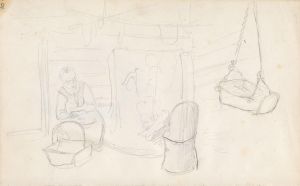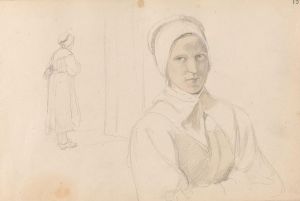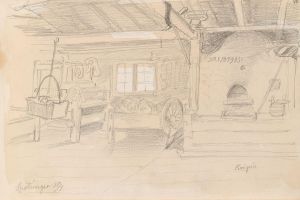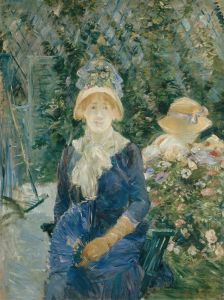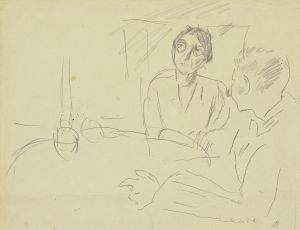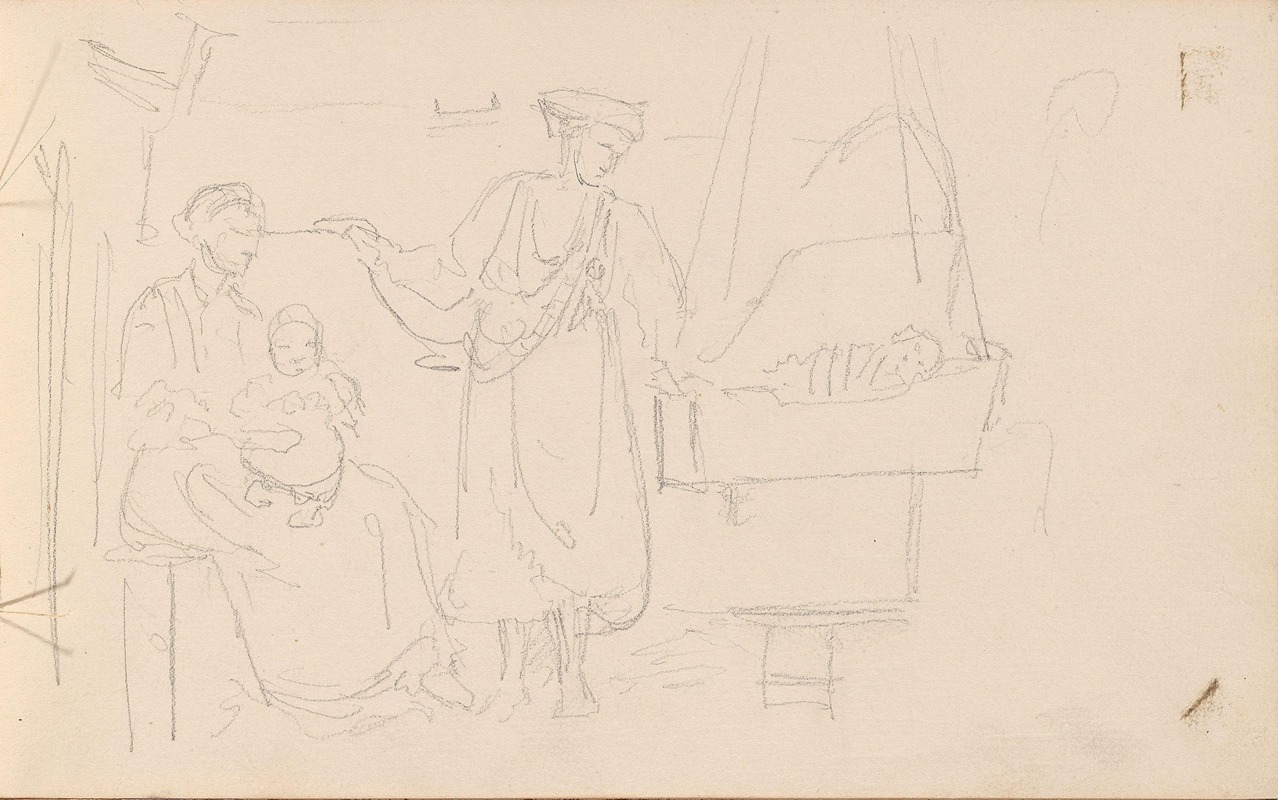
Kvinner og barn i interiør
A hand-painted replica of Adolph Tidemand’s masterpiece Kvinner og barn i interiør, meticulously crafted by professional artists to capture the true essence of the original. Each piece is created with museum-quality canvas and rare mineral pigments, carefully painted by experienced artists with delicate brushstrokes and rich, layered colors to perfectly recreate the texture of the original artwork. Unlike machine-printed reproductions, this hand-painted version brings the painting to life, infused with the artist’s emotions and skill in every stroke. Whether for personal collection or home decoration, it instantly elevates the artistic atmosphere of any space.
Adolph Tidemand was a prominent Norwegian painter in the 19th century, known for his detailed and realistic depictions of Norwegian folk life and traditions. One of his works, "Kvinner og barn i interiør" (translated as "Women and Children in an Interior"), exemplifies his focus on domestic scenes and the everyday lives of people in Norway during this period.
Adolph Tidemand was born on August 14, 1814, in Mandal, Norway. He studied at the Academy of Art in Copenhagen and later at the Kunstakademie Düsseldorf, which was a significant center for art education at the time. His education and experiences in Düsseldorf greatly influenced his artistic style, which combined elements of Romanticism with a strong emphasis on realism and ethnographic detail.
"Kvinner og barn i interiør" is a painting that captures a moment of domestic life, focusing on women and children within a home setting. This theme was common in Tidemand's work, as he sought to document and preserve the cultural heritage of Norway through his art. His paintings often depicted traditional costumes, interiors, and activities, providing a visual record of Norwegian life in the 19th century.
The painting is characterized by its meticulous attention to detail and the careful rendering of textures and materials. Tidemand's use of light and shadow adds depth to the scene, creating a sense of intimacy and warmth. The composition typically includes elements that highlight the cultural and social aspects of the period, such as traditional clothing and household items.
Tidemand's work, including "Kvinner og barn i interiør," played a significant role in the national romantic movement in Norway. This movement sought to foster a sense of national identity and pride by emphasizing the unique cultural and historical aspects of Norway. Through his paintings, Tidemand contributed to this movement by celebrating the everyday lives of ordinary Norwegians and highlighting the beauty and richness of their traditions.
The painting is part of Tidemand's broader oeuvre, which includes other well-known works such as "Haugianerne" and "Brudeferd i Hardanger," the latter being a collaboration with fellow artist Hans Gude. These works collectively helped to establish Tidemand as one of Norway's most important painters of the 19th century, and his influence extended beyond Norway, as his works were exhibited and appreciated throughout Europe.
Adolph Tidemand's legacy is preserved in various art institutions, with many of his works housed in the National Gallery in Oslo and other museums. His paintings continue to be studied and appreciated for their artistic merit and their contribution to the understanding of Norwegian cultural history.
In summary, "Kvinner og barn i interiør" by Adolph Tidemand is a significant work that reflects the artist's dedication to capturing the essence of Norwegian life in the 19th century. Through his detailed and realistic portrayal of domestic scenes, Tidemand not only documented the cultural heritage of his time but also contributed to the broader national romantic movement that sought to define and celebrate Norwegian identity.






